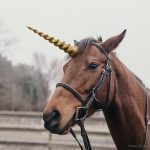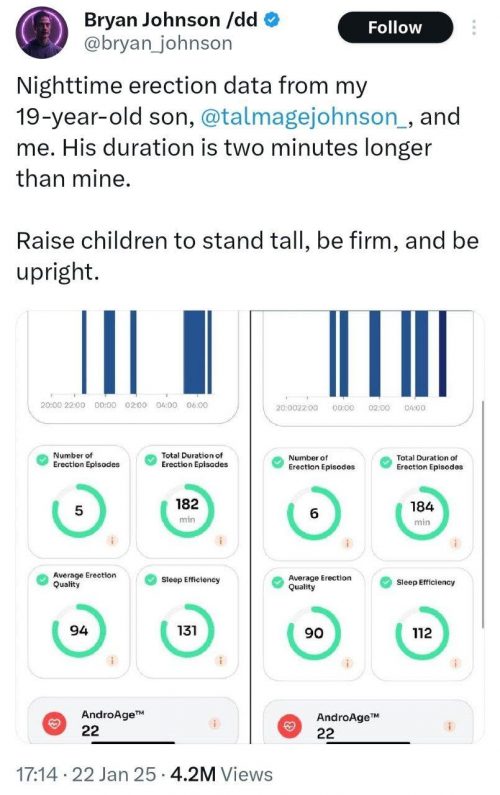Jeanson, the creationist who got a Ph.D. to be better able to pretend to be a real scientist, is whining because he can’t get no respect.
Today, creation scientists like me are prohibited from running academic labs. They are denied government funding for their projects. They are forbidden from publishing in mainstream peer-reviewed journals. In short, creation science is excluded from every stage of the scientific process.
To clarify, scientists who happen to be creationists are allowed to run academic labs, to receive government funding, and to publish in mainstream peer-reviewed journals. But only if they never promote creationist conclusions.
Why? Because mainstream scientists are convinced that creationists don’t do science. The specific, technical manifestation of this view is the claim that creation science doesn’t make testable predictions.1 For creation science to be considered science, creationists would have to put in print predictions that future experiments in the lab and in the field could demonstrate to be true or false. In other words, creation science has to be, in theory, able to be disproven. It’s not that evolutionists are waiting with bated breath for creationists to meet this standard. No, they’ve concluded that creationists have not met this standard and never will.
I know the feeling. I can design bridges, I can draw pictures of bridges, I can make predictions that my bridges will not fall down, but do the engineers regard me as a fellow engineer? No. They refuse to let me build my fabulous trans-atlantic bridge, not matter how beautiful my balsa wood model is.
And then they laugh and show that my calculations are all wrong, and do more calculations that show my design is unstable and will fall down. It’s a conspiracy, I tell you, they’re out to get me.
Jeanson has been making predictions. Unfortunately, it’s not enough to make predictions, they also have to be justified and tested multiple times. My balsa wood model of a trans-atlantic model is a “prediction” that could be “tested”, but the fact that it doesn’t fall down when I troop trained mice across it does not mean I am a great engineer. Not even the fact that I dressed them up as clowns matters.
He whines that his mice in clown clothes haven’t been appreciated by the scientific community.
The problem for the evolutionary community? I’ve been publishing, testing, and fulfilling creation science predictions for over 10 years. My early work focused on the origin of species. I made predictions about their genetic rates of change (i.e., mutation rates) and about genetic function.2 I also predicted the genetic mechanisms by which species would form and how fast new species would appear.
That’s nice. I’m sure it impresses the rubes. But when scientists assess his predictions, they all fall apart. Here’s an example from Dan Stern Cardinale:
His books have not been reviewed kindly, either.
Nathaniel Jeanson’s Replacing Darwin could be called pseudoscientific, but arguably this may be unfair. Pseudo comes from the Greek pseudēs for ‘false’ and pseudos for ‘falsehood’. Labeling Replacing Darwin as pseudoscience suggests the participation in a deliberate lie and at the moment I’m unwilling to offer that suggestion. I am happy to grant Jeanson his sincerity. Because the bulk of the errors in Replacing Darwin are errors of omission I lean towards describing it as quasiscientific. Quasi is Latin for ‘as if’ and it is indeed as if what you are reading in Replacing Darwin is science. It is in fact only partially and ostensibly science.
I am also willing to be generous and accept that the majority of these omissions are simply due to an author with no actual expertise in the field he is writing about. The subject of Replacing Darwin is rooted in population genetics, biogeography, ecology, phylogeography, speciation, molecular evolution and systematics, none of which are fields where Jeanson possesses any professional expertise.
I am also unaware of Jeanson ever having someone with any actual expertise in these fields reviewing either his book or any of his articles published on the Answers in Genesis website. As far as I know he’s only had his fellow like-minded creationists chime in on his work or at best someone with some molecular biology background who he has described as a friend and theistic evolutionist. His only attempts at outside reviewers are high-profile popularizers of evolution like Richard Dawkins or P. Z. Myers. With the exception of Jerry Coyne he apparently never solicited a review from anyone with active research in the fields the book covers, despite the fact there are thousands of working population geneticists and systematists out there.
I am embarrassed to note that Jeanson’s Ph.D. was in the field of developmental biology, just like mine, and just like that Intelligent Design creationism fraud, Jonathan Wells (is there something about this field that attracts cranks and kooks? Don’t say yes). The thing is, as I can testify from personal experience, is that developmental biology does not require in depth training in phylogenetics and population genetics. I look at cells and organisms changing over time, I don’t do the mathematics of allele frequencies! So why is Jeanson publishing all these poorly done, deeply flawed analyses of population genetics?
Now I’m worried that if I actually knew anything about materials science & load capacities & stress distribution & geology of the ocean floor, my trans-atlantic bridge might actually have a few problems.















